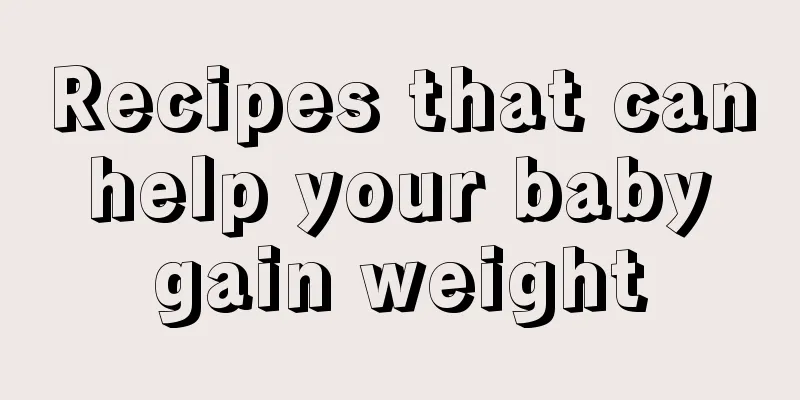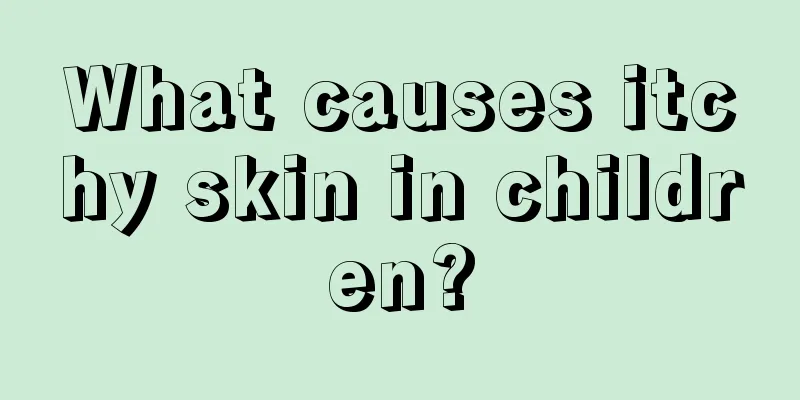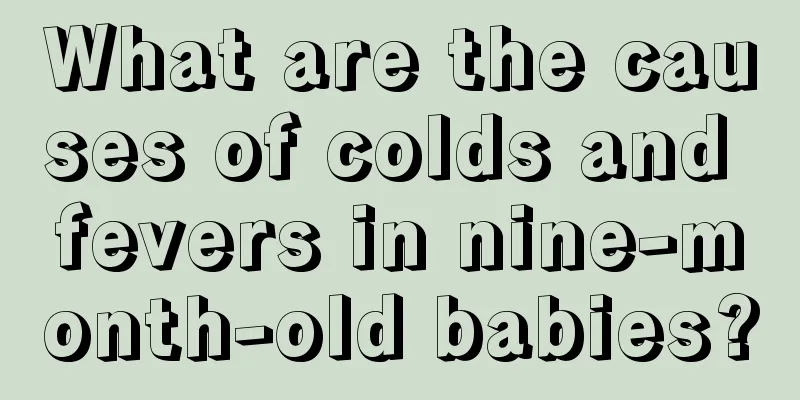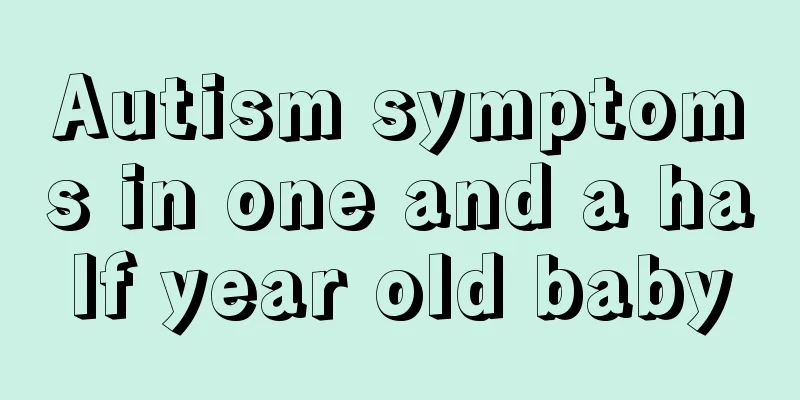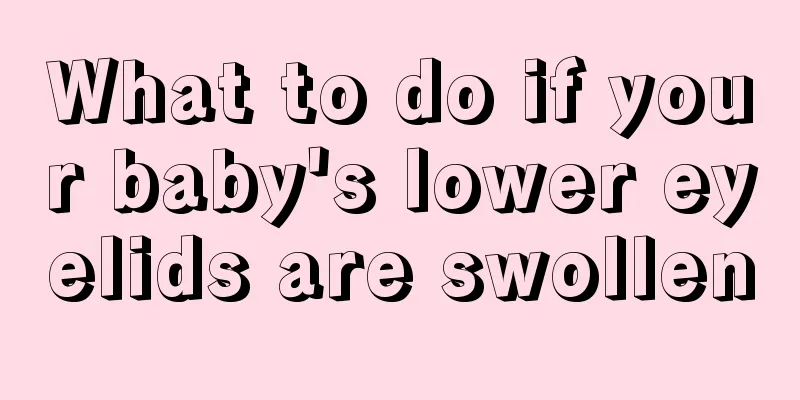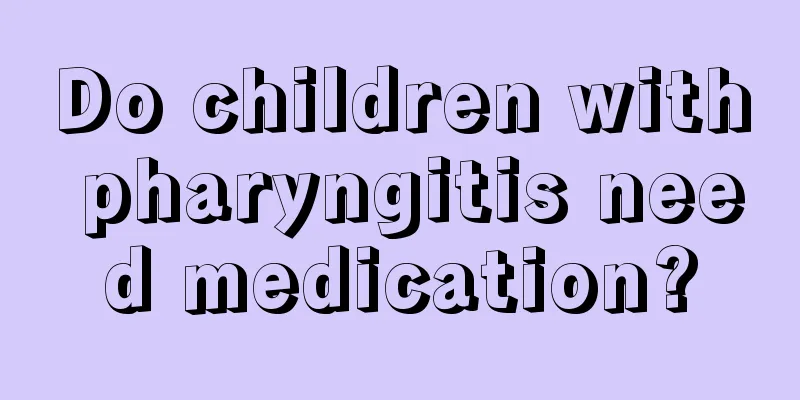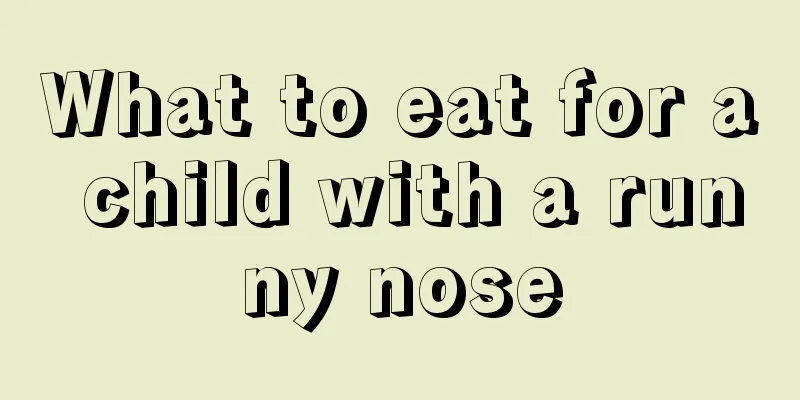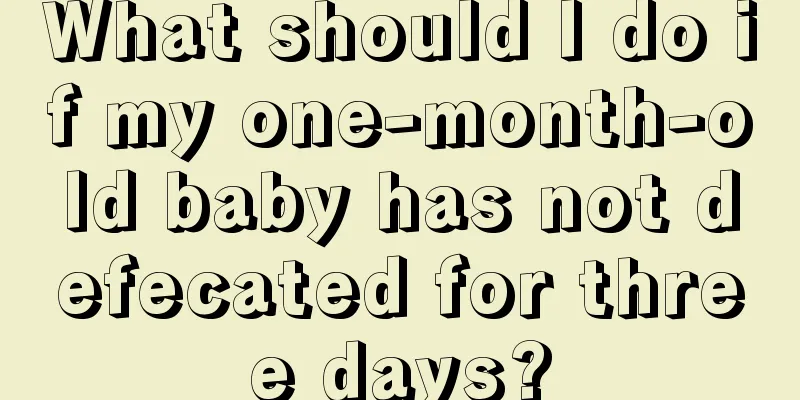2-year-old baby has high fever and convulsions
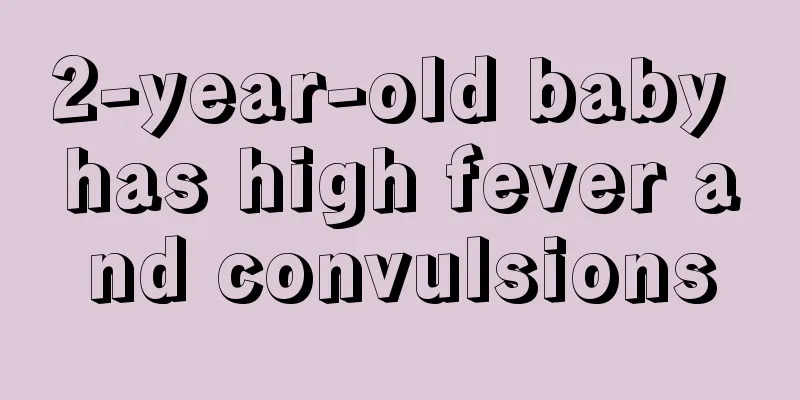
|
The high fever and convulsions in a 2-year-old baby are mainly caused by symptoms of getting angry. Therefore, when the baby has a high fever and convulsions, you should rub the baby's hands and feet in time, and seek medical attention in time. When a 2-year-old baby has a high fever and convulsions, special attention should be paid, as it may cause the baby to have symptoms of brain burnout and cause a decline in the baby's brain intelligence, so it is recommended that everyone should understand its treatment method clearly. What to do if a child has convulsions due to fever Febrile seizures, which occur when children have a fever and convulsions, are very common among children, with a prevalence rate of 5%-10%. It is best for parents to master some basic knowledge in dealing with high temperature convulsions. Experts believe that if parents can take necessary measures in time, they can avoid or reduce the complications caused by high temperature convulsions. 1. When cramps occur, you must remain calm, avoid shaking the child, or rubbing the child's hands and feet vigorously, and don't yell at the child. 2. Tilt the child's head back and to one side, apply a cold towel to the head or place an ice pack on the head. Loosen the collar and use a wet towel to wipe the child's neck, armpits and other areas to cool down physically. 3. Wrap chopsticks with clean gauze and place them between the child's upper and lower teeth to keep the airway open, prevent tongue bites, and prevent saliva and vomit from flowing back into the trachea, so as to avoid suffocation or aspiration pneumonia. 4. The baby's convulsions will stop in about 3 minutes. After that, give the child more water to prevent collapse caused by excessive sweating. Experts remind that when the cause of the disease is unknown, parents should not let their children take antipyretics on their own, because this may delay or aggravate the condition and cause trouble for treatment. It is recommended that when the child has a fever (below 38°C), parents should first use safer and more feasible physical cooling methods, such as applying a cold towel to the forehead, wiping the neck, loosening clothes, etc. What to do if you have a fever caused by tonsils 1. A body temperature of 37.5-38℃ is a low fever, 38-39℃ is a moderate fever, and above 39℃ is a high fever. Low or moderate fever is beneficial to the baby's growth and development. Fever is the body's response to a viral or bacterial invasion. This reaction helps to eliminate invading viruses and bacteria, thus promoting the normal growth and development of the baby. 2. No medicine is needed unless the fever is high. If the body temperature reaches 39 degrees or above, medication must be taken immediately. If high fever persists for too long, many important functions of the body may be disrupted; the high consumption of oxygen and nutrients may increase the burden on the heart and blood vessels; the brain may become overly excited and cause febrile convulsions or over-inhibited and cause drowsiness; digestive dysfunction may occur; resistance may be weakened and pneumonia may occur. 3. Antipyretic drugs have serious side effects and should not be used unless absolutely necessary. Whether it is paracetamol, compound aspirin (APC), or other various antipyretic drugs, they are all synthesized from aspirin, caffeine, and phenacetin. Therefore, antipyretics have significant side effects: irritating the gastric mucosa, destroying appetite, aggravating gastric ulcers or even bleeding, causing long-term small-scale gastrointestinal bleeding and thus leading to iron deficiency anemia; inducing blood diseases; damaging the liver and kidneys; severe allergic reactions manifest as exfoliative dermatitis combined with liver and kidney poisoning and death. 4. Lower the room temperature (in summer), take off excess clothes, and ensure that the baby is in a cool (but not cold) and ventilated environment. In the past, it was advocated to use physical and drug cooling as appropriate, but the traditional cooling method of using cold or warm water or alcohol baths when the fever is high was not advocated. Studies have shown that this method violates the physiological mechanism. |
<<: 2-year-old baby has fever and hot hands and feet
>>: Is avocado suitable for babies?
Recommend
Notes on sleeping time for five-month-old babies
Recently, many babies have generally suffered fro...
What is the cause of the child's diarrhea and blood in the stool?
Children's gastrointestinal system is more fr...
What causes babies to breathe rapidly?
After a newborn is born for the first time, becau...
What should I do if my child has a lot of yellow eye mucus?
In many cases, it is normal for people to have ey...
What to bathe a baby with jaundice
Newborn jaundice is the most common symptom, but ...
What are the symptoms of high blood sugar in children?
High blood sugar is a symptom that many people ha...
The child has a little astigmatism
Children nowadays are exposed to mobile phones an...
Is nebulization effective in treating children’s cough?
Whenever the seasons change and the weather chang...
How to improve the physical fitness of primary school students?
People's lives have generally improved, but t...
Summer baby heat-reducing recipes, these are essential
The weather is hot in summer, and babies are pron...
What are the causes of sleepwalking in children?
I believe everyone has seen sleepwalking, which i...
Olive oil for baby's dry eczema
Olive oil is extracted from a plant called olive....
What to do if a child coughs at night
What should I do if my child coughs at night? The...
8-year-old children with myopia
It is relatively common for eight-year-old childr...
When is the best time for children to drink milk?
Milk can be said to be something that we all have...
